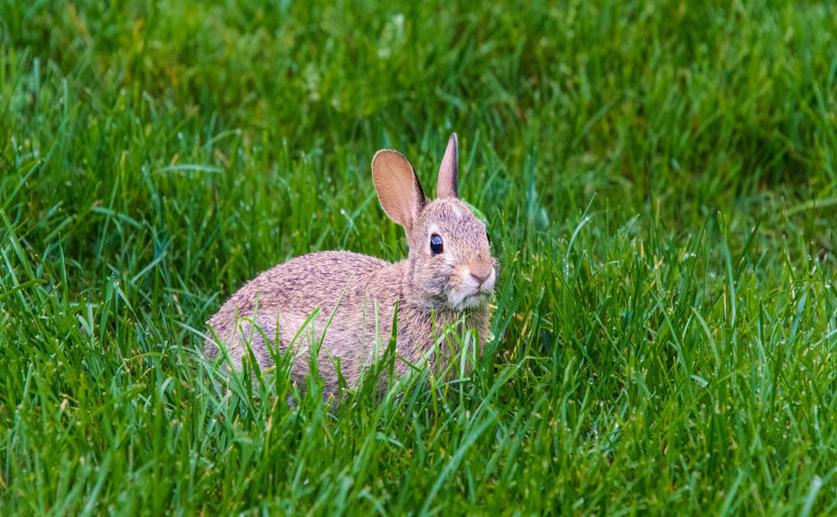
Cost-Benefit of Using Banana Peels in Rabbit Food
Jenn Hoskins
3rd April, 2024

Image Source: Mohan Nannapaneni (photographer)
Key Findings
- In Brazil, rabbits fed entirely on banana peel and sweet potato vine showed a 57% cheaper diet cost
- The total cost to raise a rabbit on this diet was significantly lower, with a 32.55% higher profit margin
- The study suggests that these alternative feeds are economically beneficial without affecting rabbit sale prices
AgricultureNutritionAnimal Science
References
Main Study
1) Economic analysis of banana peel and sweet potato vines in diets for rabbits.
Published 2nd April, 2024
Journal: Tropical animal health and production
Issue: Vol 56, Issue 3, Apr 2024
Related Studies
2) Effect of using banana by-products and other agricultural residues for beef cattle in southern China.
3) Ripening influences banana and plantain peels composition and energy content.
4) Sweet potato vines in diets for growing rabbits on performance, carcass characteristics and meat quality.



 21st March, 2024 | Greg Howard
21st March, 2024 | Greg Howard